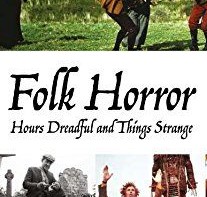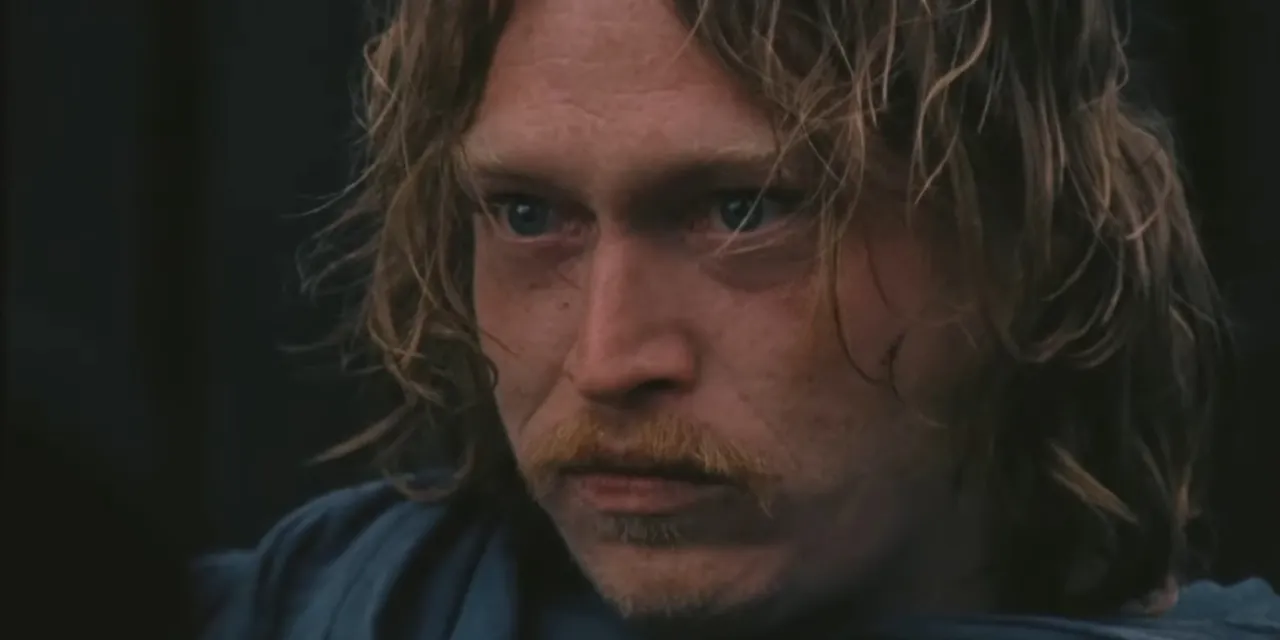The folk-horror genre has been a perennial mainstay on screens for decades, with recent installments from films like Midsommar, Enys Men, and more recently Starve Acre revitalizing the genre. Harvest, which marks the English-language debut of Greek director Athina Rachel Tsangari, continues this tradition but deploys it in more novel ways. The film utilizes its quasi-folk-horror sensibility to paint an elegiac portrait of a pre-industrial village in the Scottish Highlands.
The film, adapted from Jim Crace’s novel of the same name, follows a small community nearing the end of the harvest season, run under their master Charles Kent (Harry Melling), who inherited the estate their village is on from his late wife, and his right-hand man Walter Thirsk (Caleb Landry Jones). The village displays all the traditional trappings of folk-horror communities found in films like The Wicker Man. They consciously live outside the gaze of God, engage in bizarre practices, like banging children’s heads against rocks, and carry out pagan dances around a bonfire in elaborate animal masks. There is even a lot of wicker.
They are also highly wary of outsiders and those they believe don’t belong. This includes a mapmaker called Quill (Arinze Kene), whom Kent has hired to chart his land, and a trio of two men and a woman who they falsely accuse of burning down their barn. The village is forced to belligerently accept Quill’s presence but punishes the others for their supposed crimes. The two men are locked in pillories while the villagers shave the woman’s head and accuse her of witchcraft before she flees and begins stalking them in the dead of night. The film continually plays with the horror genre in this way, maintaining a creeping sense of dread throughout its runtime. However, it never dives headlong into all-out horror and opts to teeter on the edge of the sinister and the supernatural. Instead, Tsangari fixes the film closer to the ground to forge an earthly and elemental picture of pre-industrialized agricultural life…


